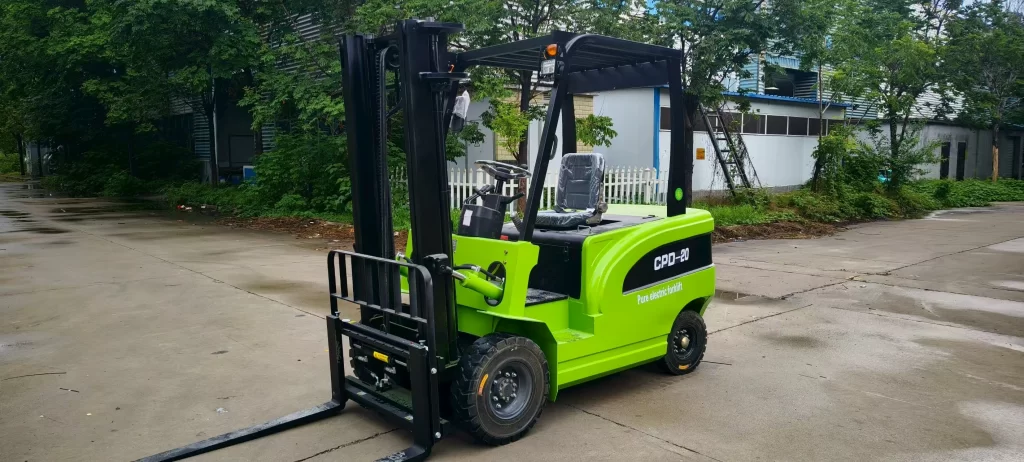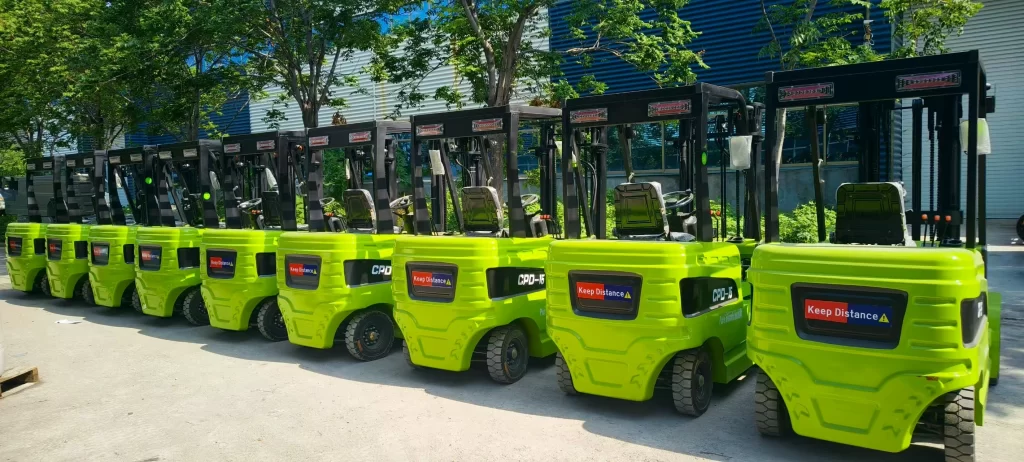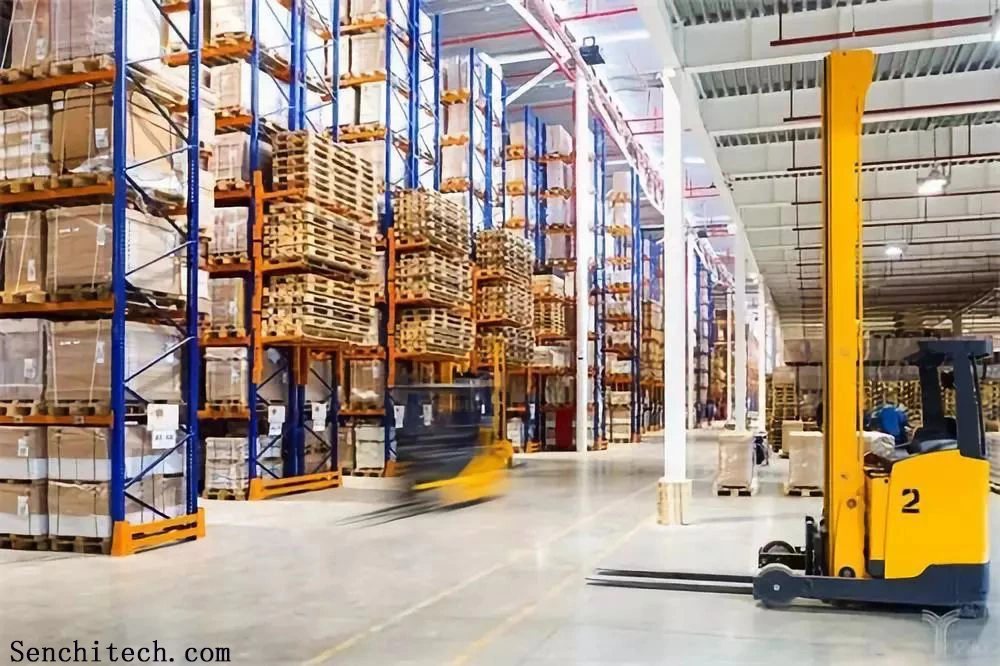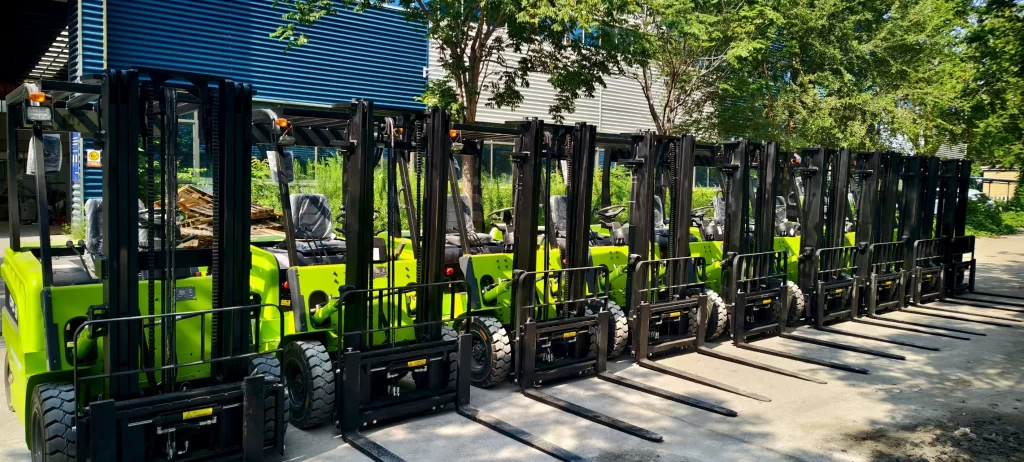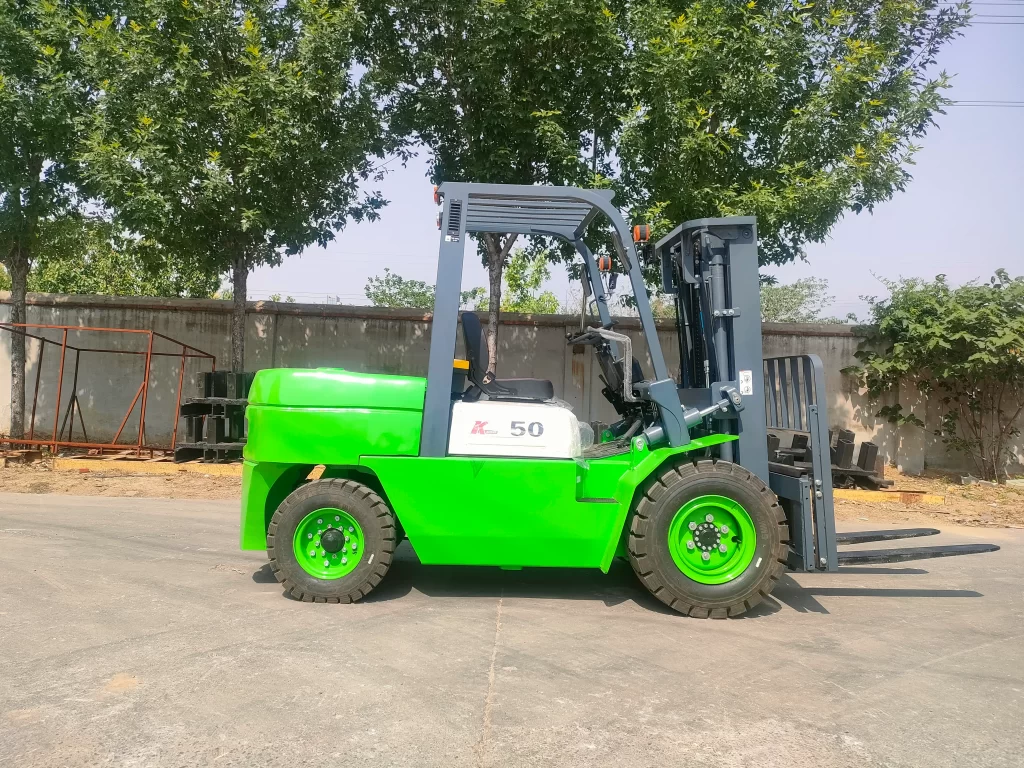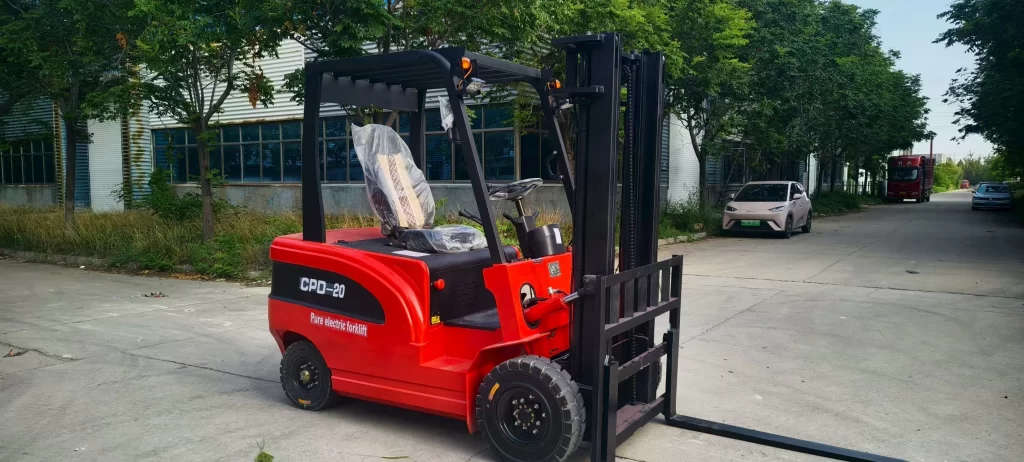What are the advantages of lithium-ion battery forklifts over lead-acid battery forklifts?
What batteries are used in electric forklifts? What are the advantages of lithium-ion battery forklifts over lead-acid battery forklifts?
As an environmentally friendly and efficient loading and unloading tool, electric forklifts are widely used in warehousing, logistics, and other industries. They are powered by batteries, which generally include lead-acid batteries, lithium batteries, combination batteries, and fuel cells. Lead-acid and lithium batteries are two common types. Although more expensive, lithium-ion battery forklifts charge faster than lead-acid battery forklifts. They can be customized for 380V fast charging and are capable of random and intermittent charging. Let’s take a look at what batteries are used in electric forklifts and what advantages lithium-ion battery forklifts have over lead-acid battery forklifts.
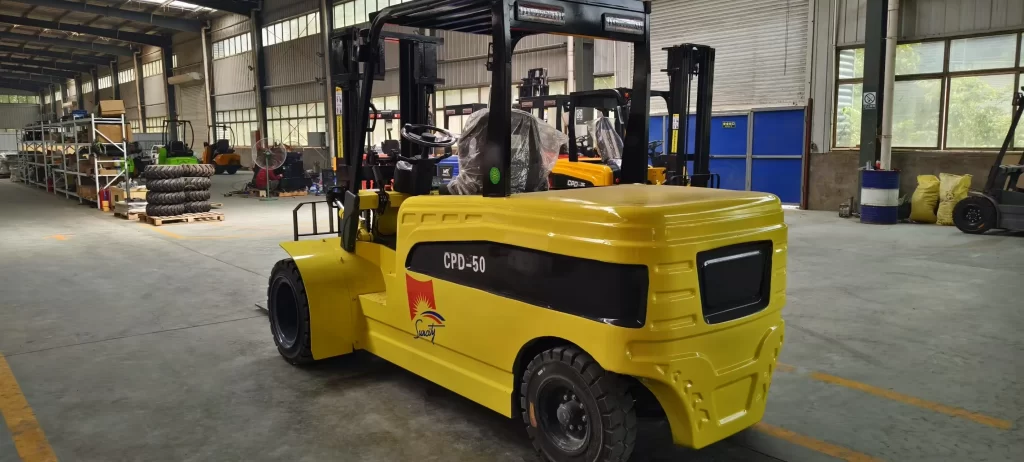
I. What batteries are used in electric forklifts?
Electric forklifts are lifting equipment that uses electricity as a power source. They are divided into different types based on the battery used. There are four types of batteries commonly used in electric forklifts:
1) Lead-acid Batteries
Lead-acid batteries are one of the most traditional and commonly used battery types in electric forklifts. They utilize lead plates and a sulfuric acid electrolyte, offering low energy density and specific energy, but relatively low cost. Lead-acid batteries offer advantages such as maturity, stability, long service life, and multiple charge and discharge cycles. However, they suffer from disadvantages such as heavy weight, long charging times, and rapid self-discharge, which impact the efficiency and endurance of electric forklifts.
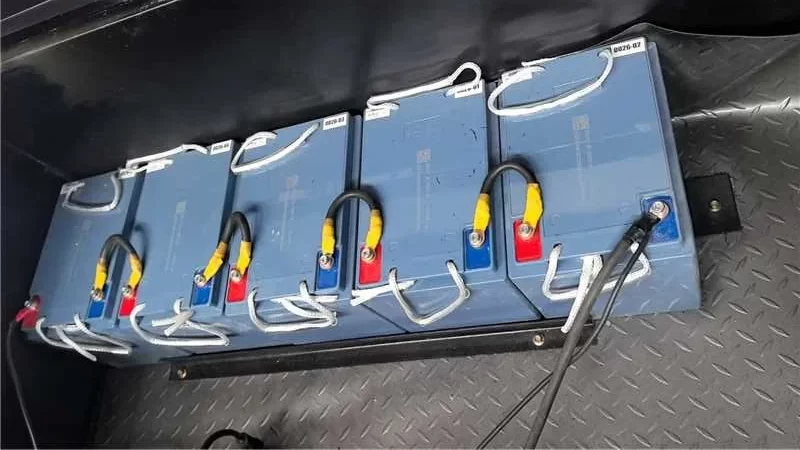
2)Lithium Batteries
As an emerging battery technology, lithium batteries are gradually gaining prominence in the electric forklift market. They offer higher energy density and specific energy, resulting in lighter weight and longer operating life than lead-acid batteries. Furthermore, they have advantages such as no memory effect and fast charging, effectively improving the efficiency of electric forklifts. However, lithium batteries are relatively expensive, and care must be taken to prevent over-discharge and over-charging during use to avoid safety hazards.
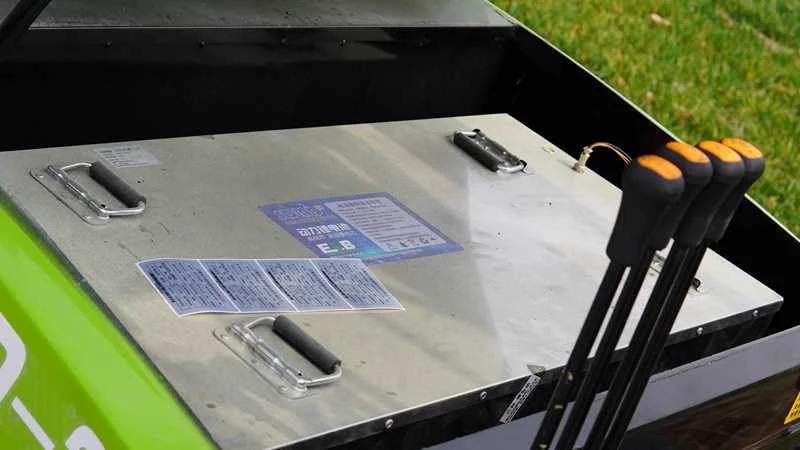
3)Fuel Cells
Fuel cells are also an emerging power source in electric forklifts. Fuel cells generate electricity by reacting hydrogen and oxygen. They require no recharging, requiring only refueling. Fuel cells offer advantages such as fast charging and zero emissions, making them suitable for the long and intensive operations required by electric forklifts. However, fuel cell technology is not yet mature, and the development of related equipment and fuel supply chains presents challenges and costs.
4)Battery Pack
A battery pack typically refers to a system that combines multiple individual cells, connected in series or parallel, to store and release energy. In electric vehicles, the battery pack provides power, driving the electric motor and ensuring optimal vehicle performance and range. The design and configuration of the battery pack directly impacts vehicle safety, efficiency, and service life.
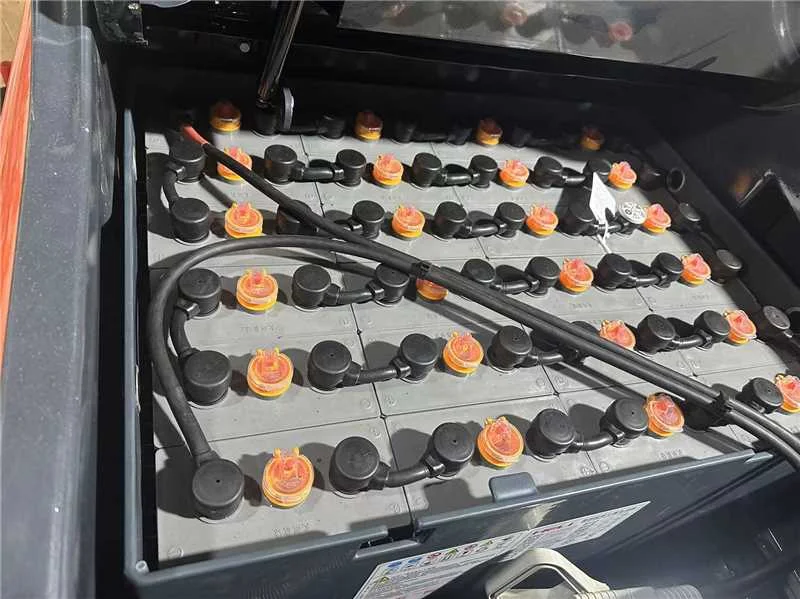
II. What are the advantages of lithium-ion battery forklifts over lead-acid battery forklifts?
Lithium-ion and lead-acid batteries are the two most common types of batteries used in electric forklifts. Lithium batteries are further categorized as lithium iron phosphate and ternary lithium batteries. Currently, lithium iron phosphate batteries are commonly used because they are more chemically stable than ternary lithium batteries, making them more suitable for use in electric vehicles. Compared to lead-acid battery forklifts, lithium iron phosphate battery forklifts offer the following key advantages:
1. Fast Charging Speed
Lithium batteries, thanks to their inherent chemical properties, meet the requirements for faster charging speeds, requiring only 4-6 hours to charge from 10% to 100%. Our company can customize fast chargers to increase lithium battery charging speeds. However, lead-acid batteries, due to their chemical properties, cannot be fast-charged, requiring 8-10 hours or even longer to charge from 20% to 100%.

2. BMS Battery Management System
Lithium iron phosphate batteries can be equipped with an intelligent management system: a battery management system (BMS) monitors the battery pack’s condition in real time, performing balancing control and fault diagnosis to ensure the safety and efficiency of the battery pack. Simply scan a QR code to view the battery’s charge level, health, and temperature.
Lead-acid batteries do not have this monitoring system.
3. Safety
Lead-acid batteries are chemically more stable than lithium batteries like lithium iron phosphate (LIFP), making them more stable during road and sea transport. Therefore, as long as the lead-acid battery’s MSDS and shipping certificate are provided, they can pass customs and shipping company inspections and be approved for transport.
Lithium iron phosphate is slightly less chemically stable than lead-acid batteries, but its discharge capacity is significantly greater.
4. Service Life of electric forklift battery
Lead-acid batteries have an average cycle life of 1,200 cycles (approximately 6,000 hours of operation), while lithium iron phosphate batteries have a cycle life of 4,000 cycles (approximately 24,000 hours of operation). In actual use, lithium iron phosphate batteries still retain over 65% of their capacity after 4,000 cycles, while lead-acid batteries lose less than 50% of their capacity after 1,200 cycles. Our maintenance-free lead-acid batteries can be charged and discharged up to 3,000 times.
5. Wide Discharge Temperature Range
Lithium batteries exhibit excellent discharge performance in both high and low temperatures between -20°C and 60°C. At -20°C, the discharge efficiency of lithium batteries is 80% to 90%, while the discharge efficiency of lead-acid batteries is less than 30%.
6. Maintenance of Forklift Phosphate Batteries
- 1) Use a battery monitoring system to identify faulty batteries and determine where replacement is required.
- 2) Ensure that the entire energy storage system is completely powered off to prevent current flow during the replacement process. Take necessary safety measures to prevent electric shock.
- 3) Physically isolate the battery or battery pack to be replaced and ensure it is completely disconnected from other components.
- 4) Using specialized tools and following the manufacturer’s instructions, carefully remove the old battery or battery pack, minimizing damage to surrounding equipment. Clean the surrounding area and inspect other components for repair or replacement needs.
- 5) Install the new battery or battery pack correctly into the system according to the instruction manual, ensuring all connections are secure.
- 6) System Inspection: After installation is complete, thoroughly inspect the system to ensure all connections are correct and the new battery is properly connected. Restart the system to ensure normal operation.
- 7) System Testing: Perform charge and discharge tests to verify that the new battery or battery pack meets performance requirements and observe system operating status.
- 8) Power Restoration: After confirming that the system is functioning normally, restore power to the energy storage system.
- 9) Records and Maintenance: Detailed records of the replacement process and results are kept, system maintenance records are updated, and subsequent maintenance is performed as needed to ensure long-term stable system operation.
- 10) Records and Maintenance: Record the replacement process and results, update system maintenance records, and record the replacement details and date. Subsequent maintenance and servicing are performed as needed.
Specific operating procedures may vary depending on the energy storage system design and manufacturer. Therefore, in actual operation, strictly follow the manufacturer’s operating instructions and relevant safety standards. In some cases, professional technicians may be required to perform the replacement to ensure safety and accuracy.
For information on lead-acid battery maintenance, please contact us.
